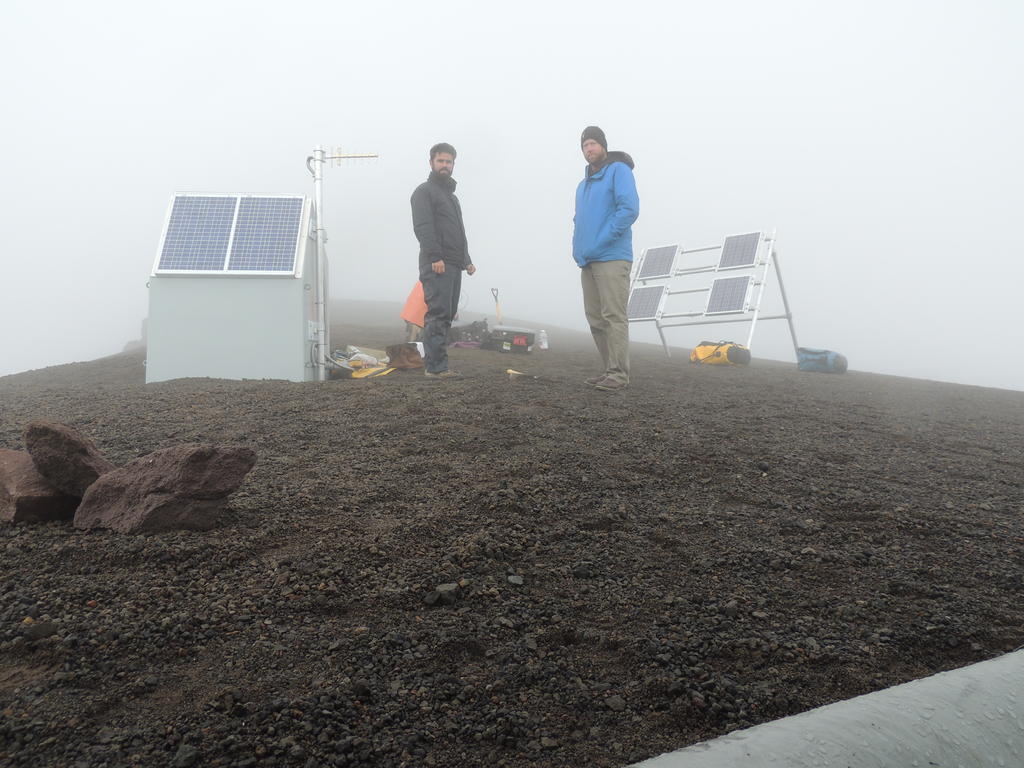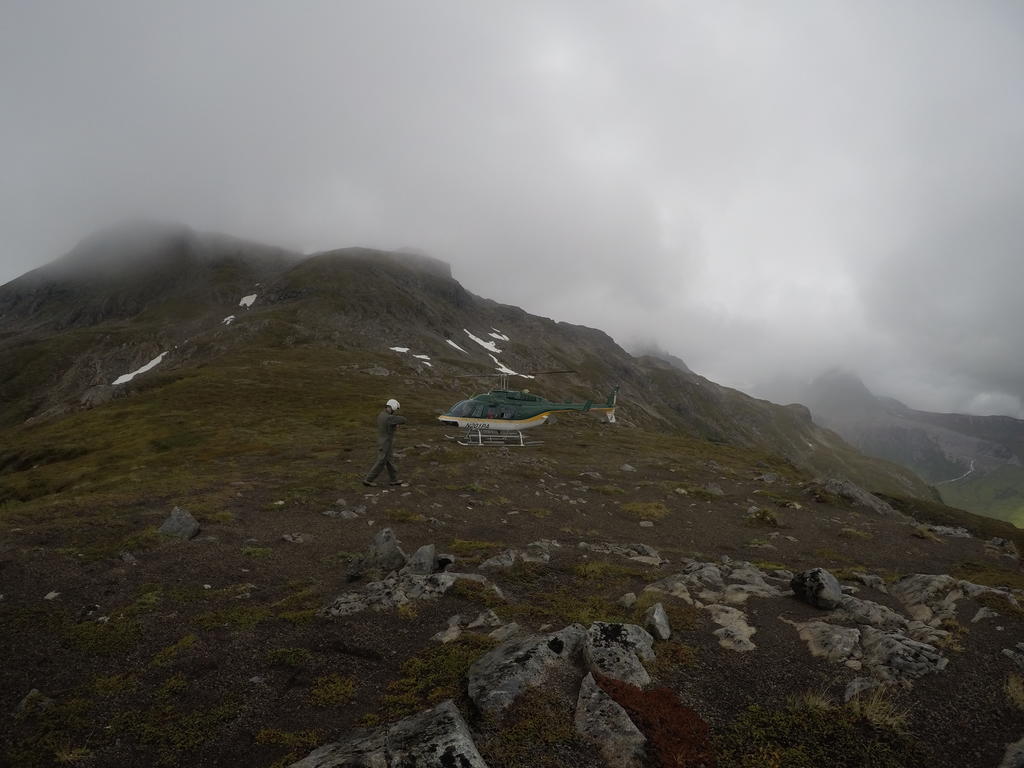1 / 14

A view of the amazing Mount Spurr. The volcanoes in the Cook Inlet region are very active and heavily glaciated which makes them interesting because the networks can pick up "icequakes" as well as other types of volcanic seismic signals. However, this also makes them dangerous as an eruption here could melt down a glacier and trigger a very large lahar.
2 / 14

Close-up to one of the many glaciers on Mt. Spurr
3 / 14

Example of a day of work in a seismic station in the Cook Inlet. Mike Grover.
, badass helicopter pilot









